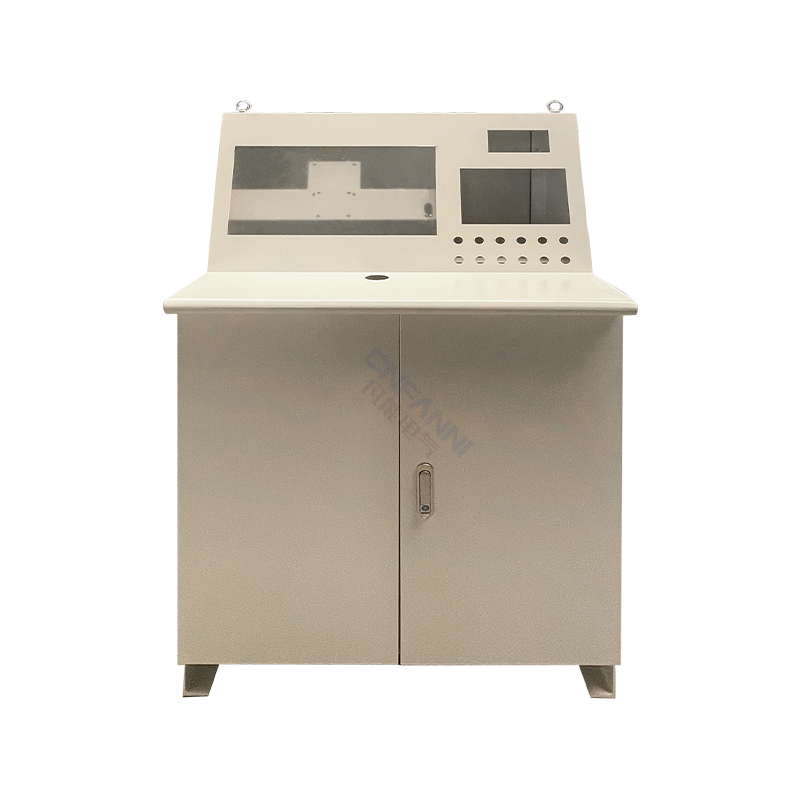What is your primary consideration when procuring an electrical enclosure for your system? If the answer is "price," you might be setting the stage for future problems.
A high-quality electrical enclosure is the "guardian" of the electrical system. It must not only house equipment but also resist environmental threats and ensure operator safety. Choosing the wrong enclosure can lead to equipment failure, production downtime, and even safety accidents.
So, how to make a wise choice? Please focus on the following 5 key factors:
1. Material is Key: The Environment Dictates the Choice
-
Stainless Steel: The top choice. Offers excellent corrosion resistance, sturdiness, and high-temperature tolerance. Ideal for harsh environments like food processing, chemical plants, and coastal areas with high corrosion and hygiene requirements.
-
Carbon Steel (with surface coating): The king of cost-effectiveness. Structurally robust, it provides good rust and corrosion resistance through high-quality powder coating, making it a common choice for most industrial applications.
-
Aluminum Alloy: The lightweight champion. Lightweight, naturally rust-resistant, with good heat dissipation. Perfect for weight-sensitive applications or those requiring good thermal management, such as rail transit and mobile equipment.
2. Protection Rating: Understanding the IP Code
The Ingress Protection (IP) code, consisting of "IP" followed by two digits, directly defines the sealing performance of the enclosure.
-
First Digit (Solid particle protection): Range 0-6. IP5X indicates dust-protected, and IP6X indicates dust-tight.
-
Second Digit (Liquid ingress protection): Range 0-8. For example, IPX4 protects against water splashes, IP65 against low-pressure water jets, and IP67 against temporary immersion.
-
Our Advice: A clean indoor environment might only require IP54, while outdoor or dusty, humid factory environments need at least IP65.
3. Size and Layout: Plan for the Future
"Just the right size" can soon mean "not enough." When selecting the size, consider:
-
Current equipment capacity: Ensure there is enough internal space to install all components.
-
Wiring space: Reserve sufficient space for wireways and connections to facilitate installation and maintenance.
-
Future expansion: Reserve about 20% extra space for potentially added equipment or modules.
4. Structural Design and Craftsmanship: Details Make the Difference
-
Door Seals: Check if they are complete and elastic, as this directly affects the sealing effectiveness.
-
Locking Mechanism: Ensure it operates smoothly and provides secure locking.
-
Surface Treatment: The coating should be uniform and cover all areas, which directly relates to corrosion resistance lifespan.
-
Installation Flexibility: Check if it offers removable mounting plates for easier assembly.
5. Compliance and Certifications: The Safety Baseline
Ensure the enclosure you choose complies with the required international standards and certifications for your target market, such as UL (USA), CE (Europe), and IEC. This is not only a market access requirement but also strong proof of product safety.
Conclusion:Choosing an electrical enclosure is a technical investment. Partnering with a manufacturer who can provide professional advice and recommend the most suitable solution based on your specific application environment is far more important than simply comparing quotations.
Call to Action:Are you looking for an electrical enclosure solution for a specific challenging environment? We have expertise dedicated to different industries and applications. [Contact our expert team now for a free technical consultation and product selection advice!]

 English
English русский
русский عربى
عربى








